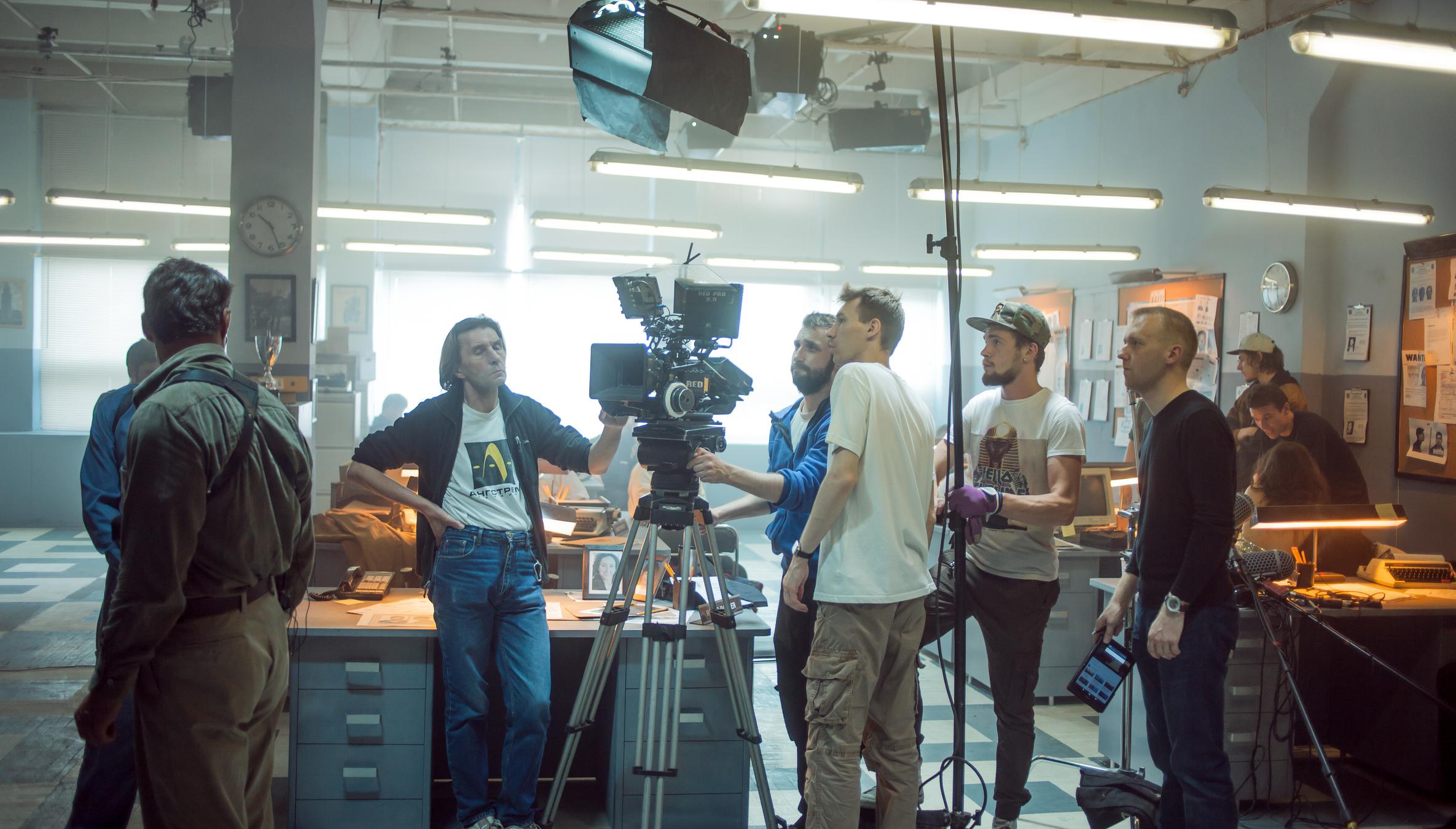
Creating high-quality videos requires a skilled and efficient production crew. From pre-production planning to filming and post-production editing, each member of the crew plays a critical role in the success of the final product. In this guide, we will explore the key components of building an effective video production crew that can bring your creative vision to life.
1. Defining Roles and Responsibilities
Clearly defining the roles and responsibilities of each team member is essential for ensuring that everyone knows their tasks and expectations. Here are some key roles commonly found in a video production crew:
Key Roles:
- Director: Oversees the creative vision and storytelling of the video.
- Producer: Manages the budget, schedule, and logistics of the production.
- Cinematographer: Handles the camera work and lighting to create visually appealing shots.
- Editor: Is responsible for assembling the footage into a coherent and engaging final product.
- Sound Engineer: Ensures high-quality audio recording and mixing.
- Production Assistant: Provides support to the crew with various tasks as needed.
2. Building a Diverse and Talented Team
An effective video production crew consists of individuals with diverse skills and talents that complement each other. When building your team, consider the following factors:
Considerations:
- Experience level: Balance between experienced professionals and newer talents to create a dynamic team.
- Skill set: Look for individuals with a range of skills, from technical expertise to creative storytelling.
- Collaboration: Choose team members who can work well together and communicate effectively.
- Diversity: Aim for a team with diverse backgrounds and perspectives to bring fresh ideas to the table.
3. Effective Communication and Collaboration
Communication is key in any collaborative endeavor, and video production is no exception. Establishing clear channels of communication and fostering a collaborative environment can lead to a more efficient and successful production process.
Tips for Effective Communication:
- Hold regular meetings to discuss project progress, goals, and any challenges that arise.
- Use project management tools to track tasks, deadlines, and revisions.
- Encourage open communication and feedback among team members to foster creativity and problem-solving.
- Establish a hierarchy of communication to streamline decision-making processes.
4. Planning and Pre-Production
Before the cameras start rolling, thorough planning and pre-production are essential for a smooth production process. This stage involves scriptwriting, location scouting, casting, and logistics planning.
Key Steps in Pre-Production:
- Develop a script or storyboard to outline the visual and narrative elements of the video.
- Scout locations that fit the aesthetic and logistical requirements of the project.
- Cast actors or interview subjects that align with the project's goals and target audience.
- Create a detailed production schedule and budget to guide the filming process.
5. Filming and Production
During the filming and production phase, the video production crew brings the creative vision to life through careful execution of the plan. This stage involves setting up equipment, directing talent, capturing footage, and managing on-set logistics.
Tips for a Successful Filming Process:
- Arrive early to set up equipment and test lighting and sound levels.
- Follow the script or storyboard while allowing room for improvisation and creative input.
- Direct talent to deliver compelling performances that enhance the narrative.
- Monitor camera angles, framing, and composition to create visually engaging shots.
6. Post-Production and Editing
After the filming is complete, the post-production and editing phase begins. This stage involves reviewing footage, selecting the best takes, editing scenes, adding music and sound effects, and finalizing the video for distribution.
Key Steps in Post-Production:
- Review all footage and select the best takes for each scene.
- Edit the video for pacing, continuity, and visual appeal.
- Add music, sound effects, and graphics to enhance the storytelling.
- Color grade the footage to create a cohesive visual style.
7. Continuous Learning and Improvement
Building an effective video production crew is an ongoing process that requires continuous learning and improvement. Encourage team members to seek out training opportunities, stay current with industry trends, and experiment with new techniques to enhance their skills.
Ways to Foster Growth and Improvement:
- Attend workshops, conferences, and seminars to learn new skills and techniques.
- Experiment with new equipment and technology to expand your creative capabilities.
- Solicit feedback from peers and industry professionals to gain insights and improve your work.
- Stay updated on industry trends and best practices to remain competitive in the field.

